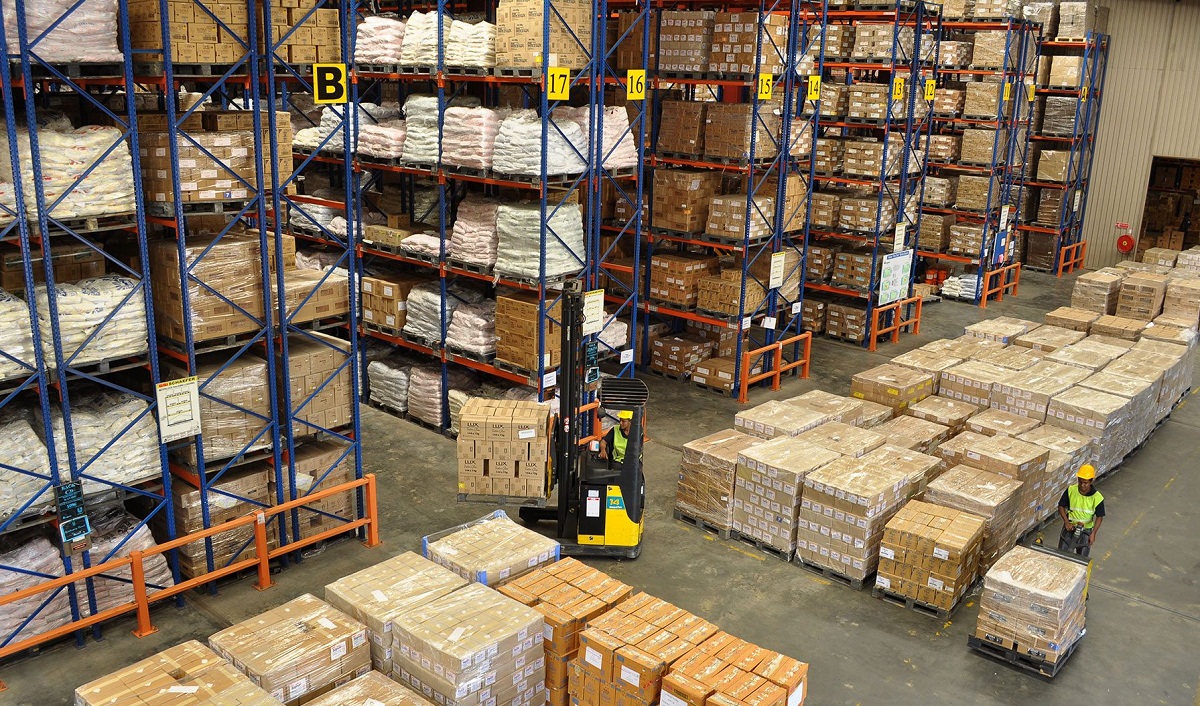How 5s and Kaizen are still extremely relevant concepts in Warehousing


Across the warehousing industry, the current focus is on automating routine tasks using technology and leveraging advance AI and robotics to bring in process excellence. Technology and automation drives efficiency, higher transparency of inventory, and lower costs. While technology is in the fore front, practices such as 5s and Kaizen must still be the bedrock of a well running warehouse.
5S is a methodology used for workplace organization and productivity improvement. The 5S methodology is used to create and maintain an organized, efficient, and safe work environment by systematically organizing and labelling items, maintaining cleanliness and order, and implementing standardized procedures for tasks. The goal of 5S is to improve workplace efficiency, safety, and quality by reducing waste, errors, and variability in processes. The "5S" methodology consists of five Japanese words, each of which begins with the letter "S," which represent the fundamental principles of the methodology.
The five words and their English translations are:
Seiri (Sort): Sorting refers to the process of identifying and separating necessary items from unnecessary items in a workplace.
Seiton (Set in order): Setting in order refers to the process of arranging necessary items in a way that makes them easy to find, access, and use.
Seiso (Shine): Shining refers to the process of keeping the workplace clean, tidy, and well-maintained.
Seiketsu (Standardize): Standardizing refers to the process of establishing consistent work procedures and processes, to ensure that work is performed in the most efficient and effective manner.
Shitsuke (Sustain): Sustaining refers to the process of maintaining the gains achieved through 5S implementation, by continuing to follow the established procedures and practices.
The letter "S" in 5S stands for each of these five principles.
Kaizen is a Japanese term that refers to a continuous improvement philosophy, methodology, and process for driving gradual and incremental improvements in all aspects of an organization, including processes, products, services, and people. The term "kaizen" is made up of two Japanese words: "kai" meaning "change" and "zen" meaning "good" or "for the better".
Kaizen is based on the belief that small, incremental changes, made consistently and systematically, can lead to significant improvements in quality, efficiency, and productivity over time. The goal of kaizen is to make continuous improvement a part of an organization's culture and to engage everyone in the process of identifying and implementing improvement opportunities.
The kaizen process involves the following steps:
1. Identify areas for improvement
2. Analyze the current situation and root causes
3. Develop and implement solutions
4. Evaluate the results
5. Standardize the improvements
6. Repeat the process
Kaizen can be applied to any aspect of an organization's operations, from manufacturing and production processes to office workflows and customer service. The focus is on empowering employees at all levels to identify and address problems, encouraging collaboration and teamwork, and using data and feedback to guide decision-making. At Express 3PL, technology is at the front and center of our approach to managing our client’s supply chains. However, 5S and Kaizen are embedded in our culture at all levels as a mindset to deliver value to our customers.